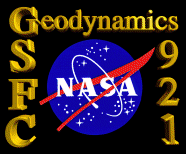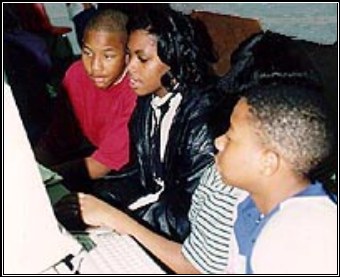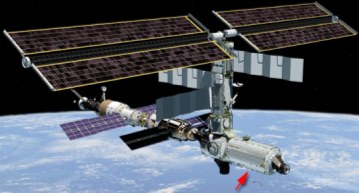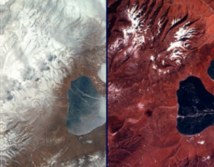


|
EarthKam (Earth Knowledge Acquired by Middle school students) is an educational outreach program conceived by Sally Ride, America’s first woman astronaut. It allows middle school children to become directly involved in the planning, acquisition, and use of Earth orbital imagery from the International Space Station. Pilot programs which involve a close collaboration between scientists and middle schools are evolving, and Jacob Yates and Paul Lowman are very involved in the effort. Lowman works with a school in Brunswick, Maine and Yates with McNair Magnet School in Florida. These are two of 30 schools selected for this pilot project. |

|
Each school involved in the project has its own SMOC (Student Manned Operations Center) and the students act as research assistants for the mentoring scientist. Targets and studies are suggested by the mentor and the students, with help from their local teacher, plan the observations, then use the images acquired in their class studies. |

|
The digital camera used by the students was first flown on Shuttle and now is permanently located on the International Space Station ISS). From ~250 statute miles up, students can see 85% of the Earth and 95% of the populated parts of the globe. This offers them the chance to study a range of geological, meteorological, environmental, and demographic forces at work. The winter/summer comparison of Tibet shown below is one example. The students can also learn about imaging techniques and other aspects of remote sensing from low Earth orbit, as well as developing a strong sense of geography. |

Contact: Paul Lowman, GSFC, Code 921 (Paul.D.Lowman@nasa.gov)
![]()
![]() Back to Geodynamics Science Highlights
Back to Geodynamics Science Highlights
Responsible NASA official: Dr. Herbert Frey